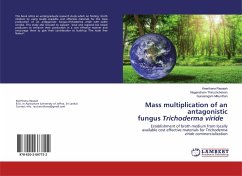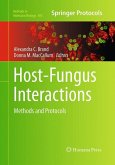High Quality Content by WIKIPEDIA articles! Honey fungus, or Armillaria or pidpenky, is a genus of parasitic fungi that live on trees and woody shrubs. It includes about 10 species formerly lumped together as A. mellea. Armillarias are long lived and form some of the largest living organisms in the world. The largest single organism (of the species Armillaria ostoyae) covers more than 3.4 square miles (8.9 km²) and is thousands of years old. Some species of Armillaria are bioluminescent and may be responsible for the phenomena known as foxfire and perhaps will o' the wisp. As a forest pathogen, Armillaria can be very destructive. It is responsible for the "white rot" root disease (see below) of forests and is distinguished from Tricholoma (mycorrhizal) by this parasitic nature. Its high destructiveness comes from the fact that, unlike most parasites, it doesn't need to moderate its growth in order to avoid killing its host, since it will continue to thrive on the dead material.
Bitte wählen Sie Ihr Anliegen aus.
Rechnungen
Retourenschein anfordern
Bestellstatus
Storno








